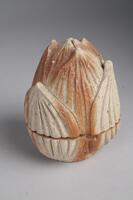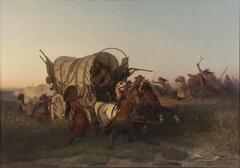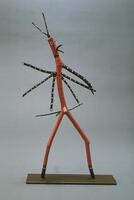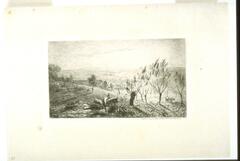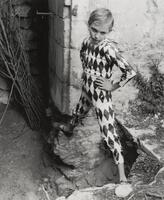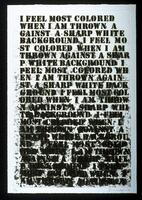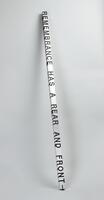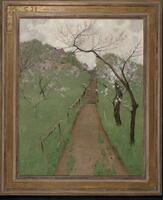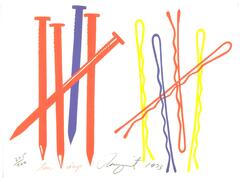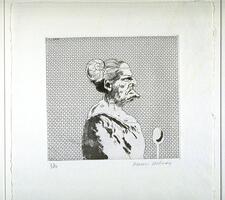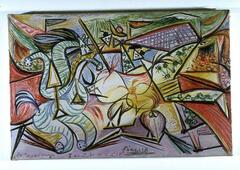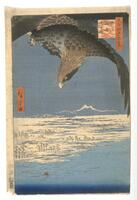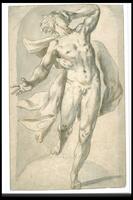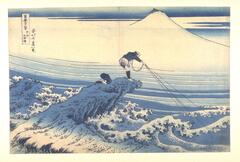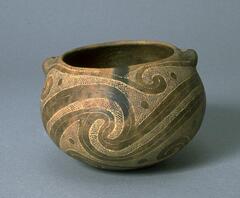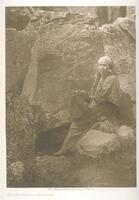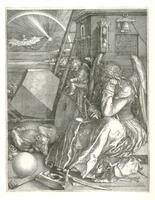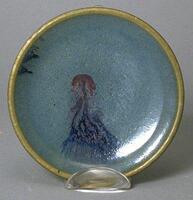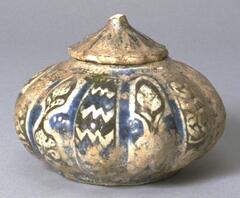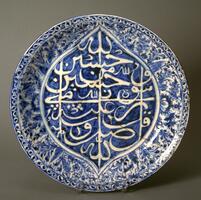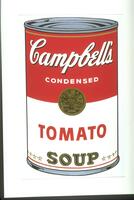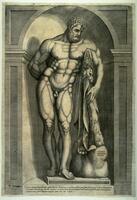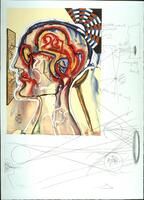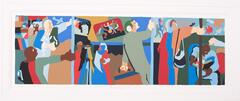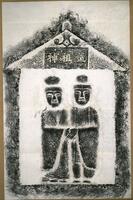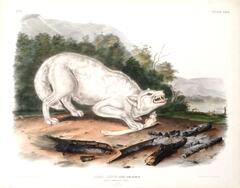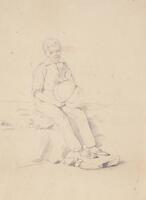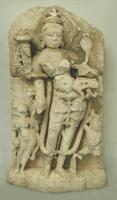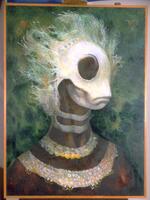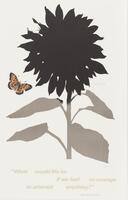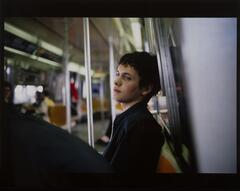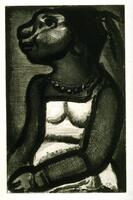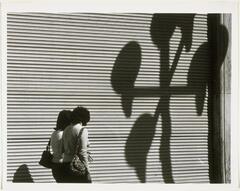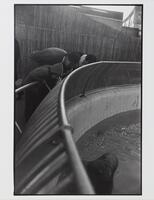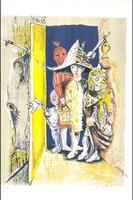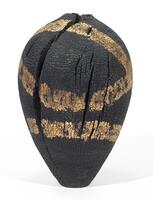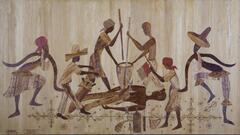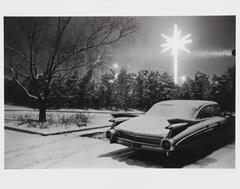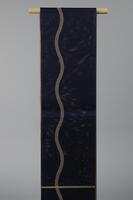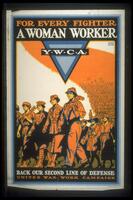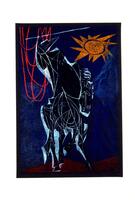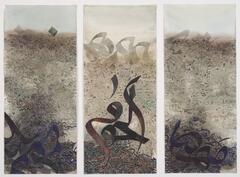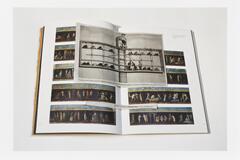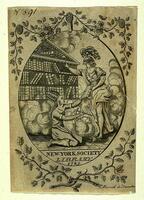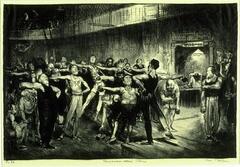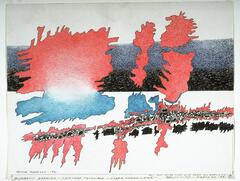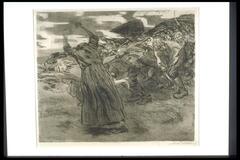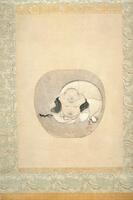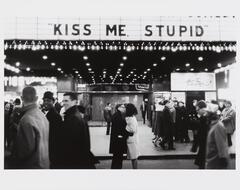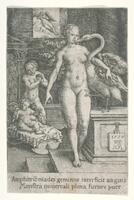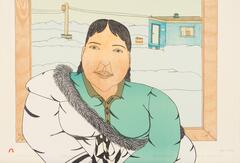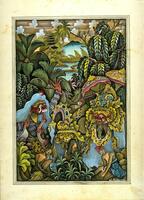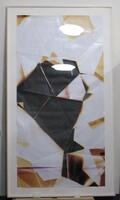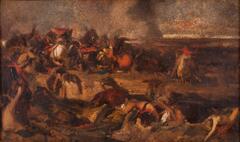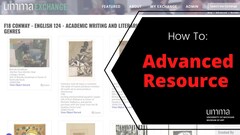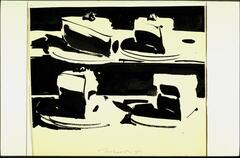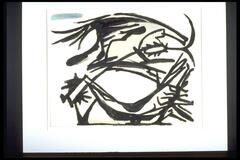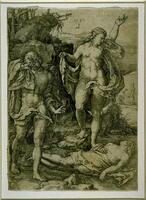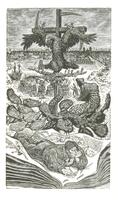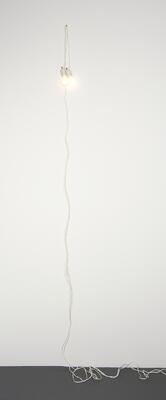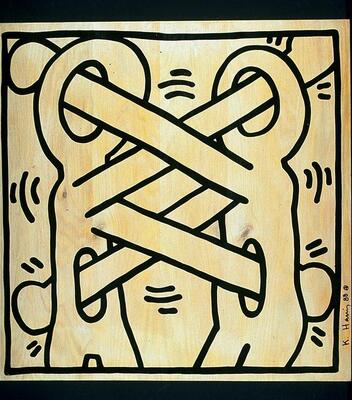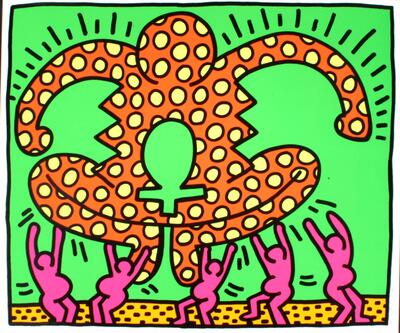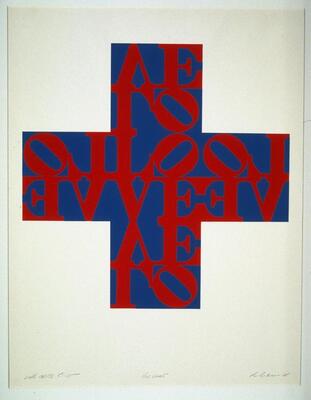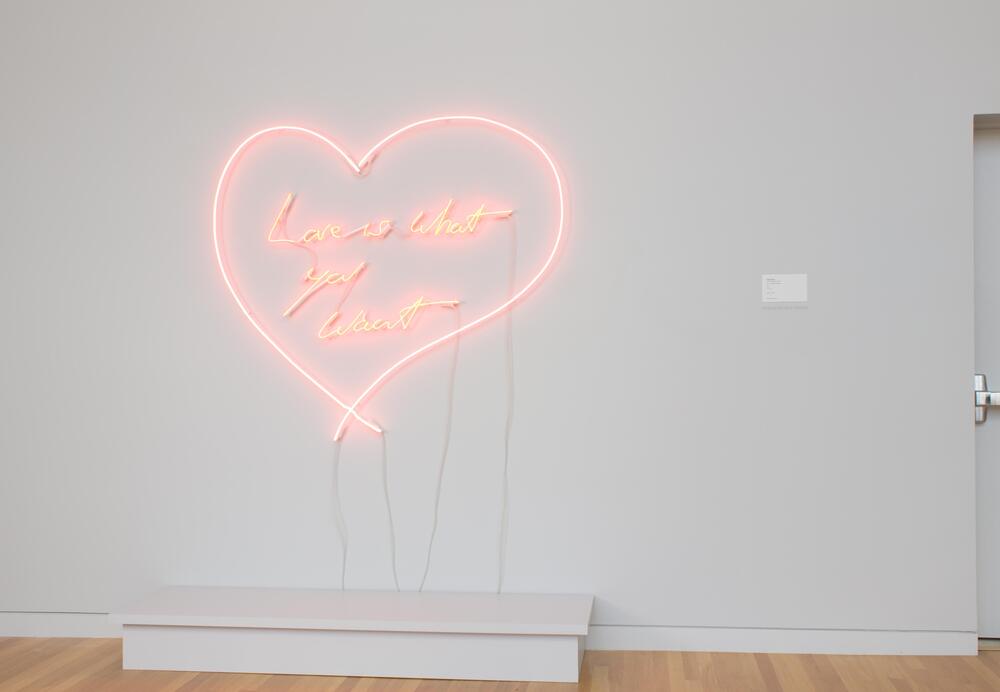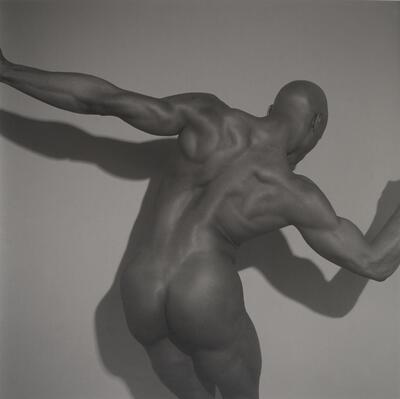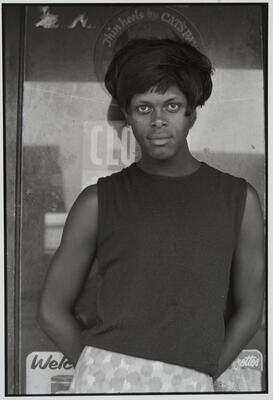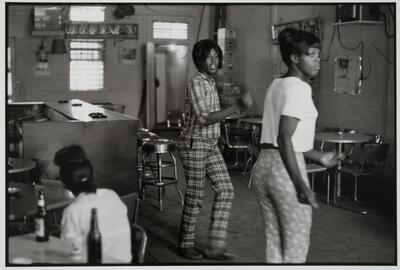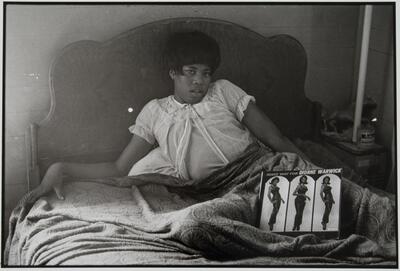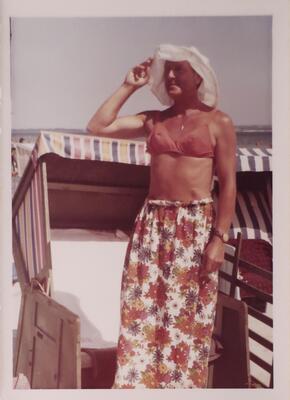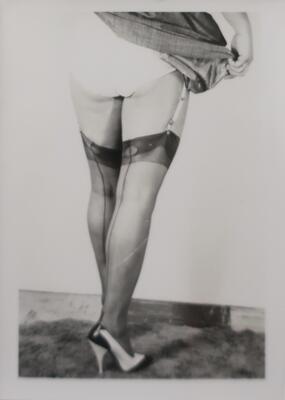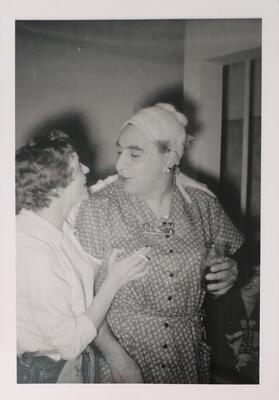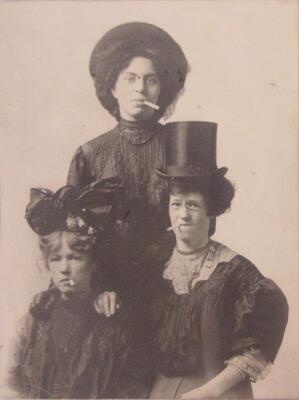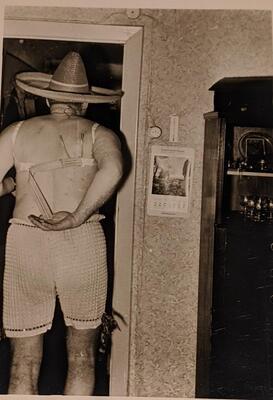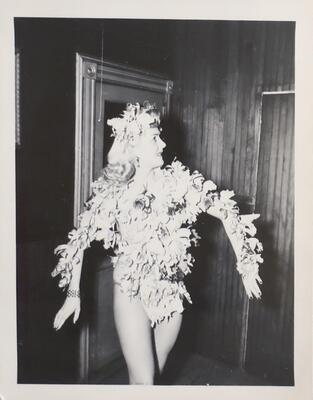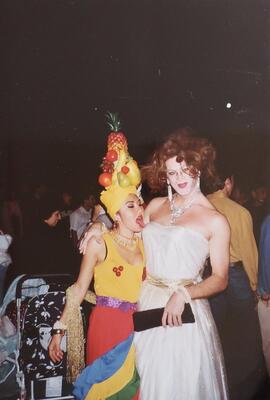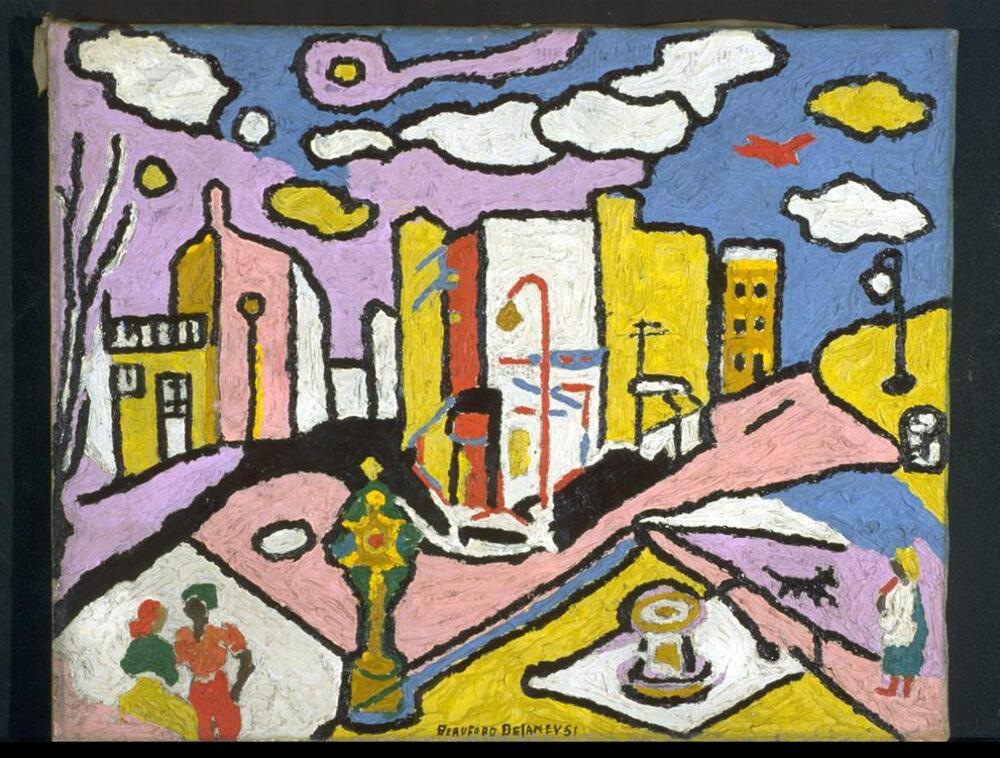W21 Dumes - WGS 240: Introduction to Women's and Gender Studies
Oh, honey... A Queer Reading of the Collection
What makes a work of art queer? Is it the sexual identity and/or gender expression of its maker? Is it the subject matter? Who decides? To me, defining “queerness” and assigning that definition to works of art felt like an exercise in the kind of categorizing this show was meant to resist. Also, the collection doesn’t offer a fully representative view of queer lives, experiences, and art practices. After exploring this nesting doll of theoretical and ethical quandaries, I decided to ask a different set of questions: How does my own situated point of view, as a cisgender, queer man/graduate student/art historian at U–M, frame my reading of UMMA’s collection? And how can I translate my encounters with the collection to you, the fine, if now somewhat perplexed, visitors? The answers are three: First, I sought out works of art that would allow us to question categories of gender and sexuality and the power dynamics that operate within them. Second, I arranged the works so that they would respond to and even challenge one another. Third, I tailored the gallery texts to promote questions and thought rather than provide fixed interpretations, inviting you to arrive at your own meanings.
Sean Kramer
Irving Stenn, Jr. Curatorial Fellow, 2019–2020
AIDS Epidemic and the Culture Wars
Felix Gonzalez-Torres (left) takes commercial and industrial products—two identical light bulbs on intertwined cords—and makes them personal, representing love as mourning. The bulbs allude to him and his partner, both of whom eventually died of AIDS-related complications. One bulb will go out first, its only witness its companion. While intimate and tragic, the work is also deeply political, referencing same-sex love at the height of the AIDS crisis and at a time of intense debates in the U.S. Congress over what imagery was deemed appropriate for public funding.
The graffiti-inspired image (middle) depicts two vaguely human figures involved in a boxing match, which looks an awful lot like sexual penetration. Haring's work had a specific political connotation in its day, a sort of “beat-em-up” protest against the government’s abandonment of LGBT (as it was then called) groups to the epidemic. But the image still resonates in our moment, as the Supreme Court only recently ruled against discrimination in the workplace, and access to treatments, medications, and insurance—not to mention personal safety—are still denied to many trans people and to those living with HIV.
The vibrant work on the right examines the weight of procreation. The parent figure is much larger than the children and is nearly crushing them. They are trying to hold the parent up but the weight is too great. The Venus symbol (the symbol for women) is situated around the figure's stomach area. Because the symbol is the same color as the background, it is unclear whether it is superimposed on the figure or the symbol is removed from the figure. This suggests that the decision to have children is rife with societal pressures, but it also causes what seems to be literal pressure on the resulting progeny.
Reflection Questions:
1. How do lightbulbs, an industrial, everyday object, capture a living being? A relationship? How would it feel for you to see it in person? How would both bulbs turned off feel to you? One bulb on and the other off?
2. All three of these images illustrate relationships with another human being and the societal pressures placed upon them. What other stories do these images bring to mind?
Bonus: Check out this response to Felix Gonzalez-Torres. How has this video changed the meaning of the piece for you?
What is Love?
Robert Indiana’s posters and his dozens of LOVE sculptures commercialize what is often thought to be a personal emotion. Here, the word “love” is bound inside the shape of a cross, a prevalent symbol in Christianity, which suggests a divine nature for the concept (“God is love”) while also delimiting it. The presence of the cross may point to Indiana’s religious upbringing, though his graphic minimalism allows us to project our own feelings and experiences onto both the notion of love and its possible associations with Christian belief.
The statement, “Love is what you want,” (Emin) resists easy interpretation. Is it an invitation to self-reflection, or is it an accusation? Is love really what I want? As in Robert Indiana’s poster, the notion of “love” here seems to be devoid of its own meaning but able to receive whatever significance one attaches to it.
Reflection Questions
1. Both of these mediums, printmaking and neon signs, are largely commercial mediums. How does seeing the word "love" in these contexts change the feeling for you? Does it make you think of anything?
2. How does the media portray love? How could this be positive and/or negative?
Photography
Can photography change the world? It seems like a lot to ask, especially in our age of over-saturation; as of 2021, more than 50 billion photos and videos are have been uploaded to Instagram. 995 photos are uploaded every second! It’s more difficult than ever for a photograph to have an impact – we’ve all seen it before, and we’ve probably taken a picture of it too. Yet since the invention of the daguerreotype in 1839, photography has been used to document the personal, every day of the lower and middle class.
Reflection Questions
1. Pick one of these photographs and do a quick visual analysis. What do you notice about the work? How would you describe how it was made? What various feelings and emotions does it bring up for you? After focusing and writing about this work, has the meaning changed at all for you?
2. Many of these photographs were taken by non-professional photographers (think family portraits). Now you might see images like this on social media. Why are photographs of unknown people so appealing to us? How can looking at photographs help explain a memory? Someone's identity?
3. How do agency and power play into photographs? Can a professional photographer truly be removed from the interpretation, or are we seeing how they see the photographed individual?
4. How can photography be used as a tool for activism and social change?
Public Space
How do you respond to this scene of a city square? On the one hand, it seems like a bright, sunny, tranquil day—Sunday morning?—rendered in pastel blues, lavenders, and pinks. But does it also perhaps feel cold, lonely, strange? What do you imagine the experience of the city street was like for Beauford Delaney, a gay, Black man living in mid-century New York City?
When Delaney made this painting, he lived in Greenwich Village, having left Harlem because of the homophobia he experienced there. Delaney was drawn to the Village because of its reputation as a dynamic, multiethnic, multicultural quarter that was remarkably accepting of both queer people and people of color. While Delaney’s two decades in the city were filled with important friendships, relationships, and artistic inspiration, they were also beset by financial difficulties and racial prejudice. In the years following World War II, being both gay and Black made him a target for gangs of bigots and white supremacists who prowled streets and broke into homes, even in the Village. Delaney left the United States for Paris in 1953.
Reflection Questions
1. What emotion do you feel when looking at this street scene? How do you think Delaney felt about this scene (and why)? How do the colors relate to the emotion you feel?
2. How could an image of a public space relate to a person's lived experience? As opposed to an image of inside their home?
3. Now take a look at this painting made only one year later. Does the emotion feel different?
4. How might this painting represent how Delaney felt personally? (We know that he moved to Paris one year later)
The title here mentions Yaddo. Yaddo is an artists' community located on a 400-acre estate in Saratoga Springs, New York. Its mission is "to nurture the creative process by providing an opportunity for artists to work without interruption in a supportive environment." On March 11, 2013 it was designated a National Historic Landmark.
Part of 2 Learning Collections
Unsettling Histories: Legacies of Slavery and Colonialism
<p><span style="font-size: 14px;">Teaching Guide</s...
<p><span style="font-size: 14px;">Teaching Guide</s...
Activity - Intro. to African American Studies - Harlem Renaissance activity
<p><br></p>W20 / W 21 Andre - AAS 201
<p><br></p>W20 / W 21 Andre - AAS 201
Activity : Advanced Catalan Language, Culture, and Society
<p><span style="font-size: 14px;">W20 RAMIREZ - CAT...
<p><span style="font-size: 14px;">W20 RAMIREZ - CAT...
Histories of (mis)Representation of Indigenous Peoples
<p><span style="font-size: 14px;">Originally used f...
<p><span style="font-size: 14px;">Originally used f...
W21 Dumes - WGS 240: Introduction to Women's and Gender Studies
<p><i>Oh, honey... A Queer Reading of the Collectio...
<p><i>Oh, honey... A Queer Reading of the Collectio...
Sultana's Dream - short story by Rokeya Sakhawat Hossain / visual adaptation by Chitra Ganesh
<p>Chitra Ganesh' Takeaway</p>
<p>Chitra Ganesh' Takeaway</p>
W21 Dumes - WGS 240: Introduction to Women's and Gender Studies
<p><i>Oh, honey... A Queer Reading of the Collectio...
<p><i>Oh, honey... A Queer Reading of the Collectio...
Created For
K-12 EducatorK-12 Student
Museum Visitor
UMMA Docent
UMMA Staff
University Faculty
University Student
Rate this Resource
AVG: 0 | Ratings: 0
& Author Notes
Creative Commons by-nc-saLast Updated
June 1, 2021 2:42 p.m.Report
Reporting Policy

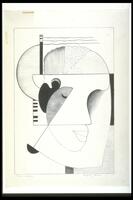
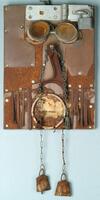
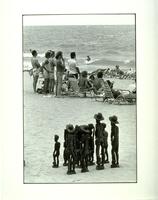

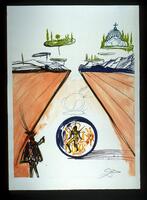

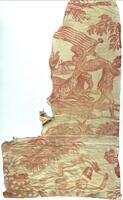
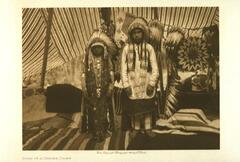
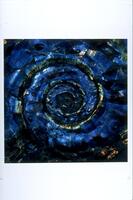
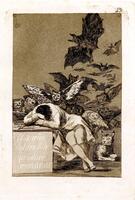
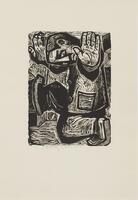
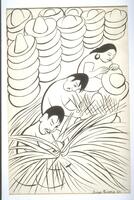
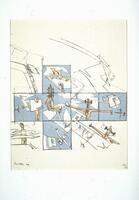
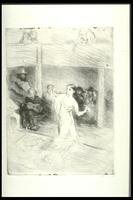
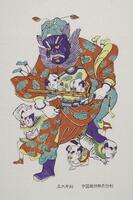
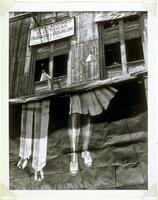
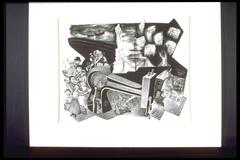


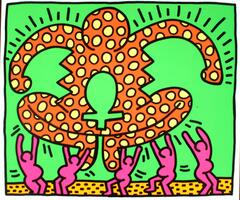
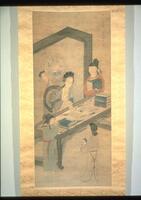
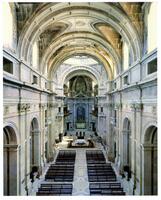
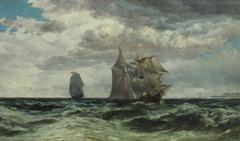

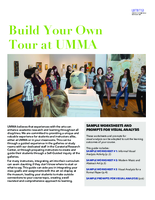


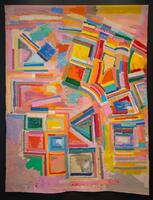
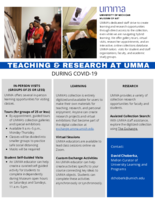
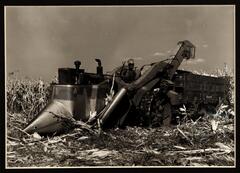
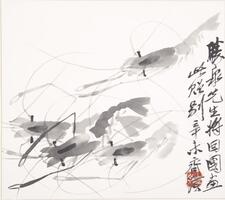
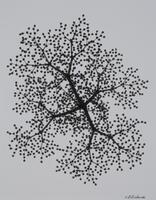
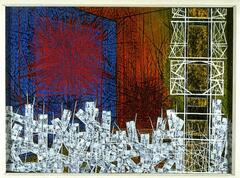
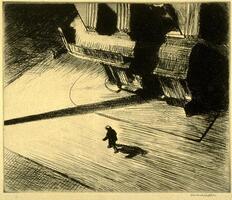

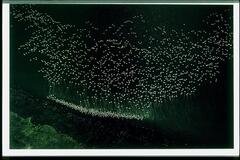
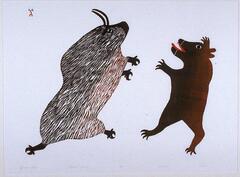
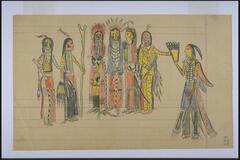
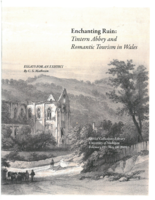
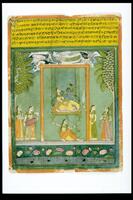



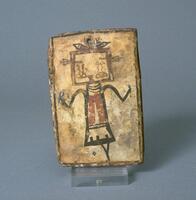
![In this mixed-media print, there is a white background with black outlines of facial features, lips and an eye, and a creature in the bottom left. In the upper left corner there is a rectanglular sheet in cream layered on top; a wavy vertical design stretches diagonally from the top of the rectangle to the bottom in yellow, red, and blue. Within this sheet, there are small figures at the center left drawn in black. To the right in the sheet, there is a collaged image of one of the artist's paintings, incorporated into a cube. Above, there are drawn birds. There is a small mechanical-like figure on the sheet at the bottom left. At the center of the print, in the cream page, the artist signed "Dali" and dated the print "1975. To the bottom left, on the larger white page, there is text inscribed in the plate, mirrored and someone illegible, that possibly reads "Leill Ciclopeer Alucire la bouche Almient tire / Lula [illegible]." The print is number at the lower left in pencil. In this mixed-media print, there is a white background with black outlines of facial features, lips and an eye, and a creature in the bottom left. In the upper left corner there is a rectanglular sheet in cream layered on top; a wavy vertical design stretches diagonally from the top of the rectangle to the bottom in yellow, red, and blue. Within this sheet, there are small figures at the center left drawn in black. To the right in the sheet, there is a collaged image of one of the artist's paintings, incorporated into a cube. Above, there are drawn birds. There is a small mechanical-like figure on the sheet at the bottom left. At the center of the print, in the cream page, the artist signed "Dali" and dated the print "1975. To the bottom left, on the larger white page, there is text inscribed in the plate, mirrored and someone illegible, that possibly reads "Leill Ciclopeer Alucire la bouche Almient tire / Lula [illegible]." The print is number at the lower left in pencil.](/media/W1siZiIsIjIwMjIvMDUvMjUvMWUwenVmM3Nlel9kZWZhdWx0LmpwZyJdLFsicCIsInRodW1iIiwiMjQweDIwMCJdXQ?sha=03c3865ec6fdec9d)

